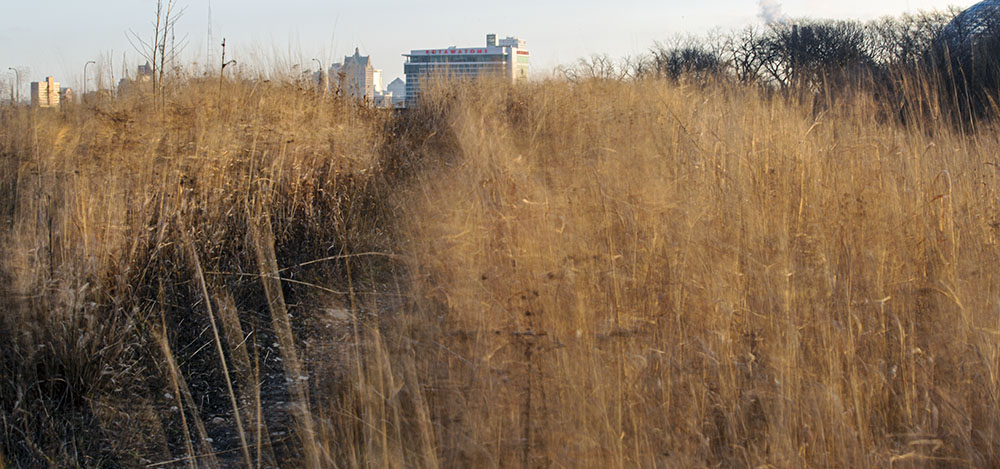
How do you photograph the wind?
December 19, 2021 | Topics: Stories
By Eddee Daniel
“Free from desire, you can recognize the mystery….” Lao Tzu (Tao Te Ching)
A surprisingly warm wind caresses my cheeks. I remove my unnecessary hat to feel it ruffle my hair; unzip my jacket, letting it flap freely around me. I saunter along the trail in Three Bridges Park, reveling in the delightfully freakish weather and the autumnal hues of the windblown grasses and desiccated forbs that drape the hills. I am carried along by the wind.
How can I photograph wind?
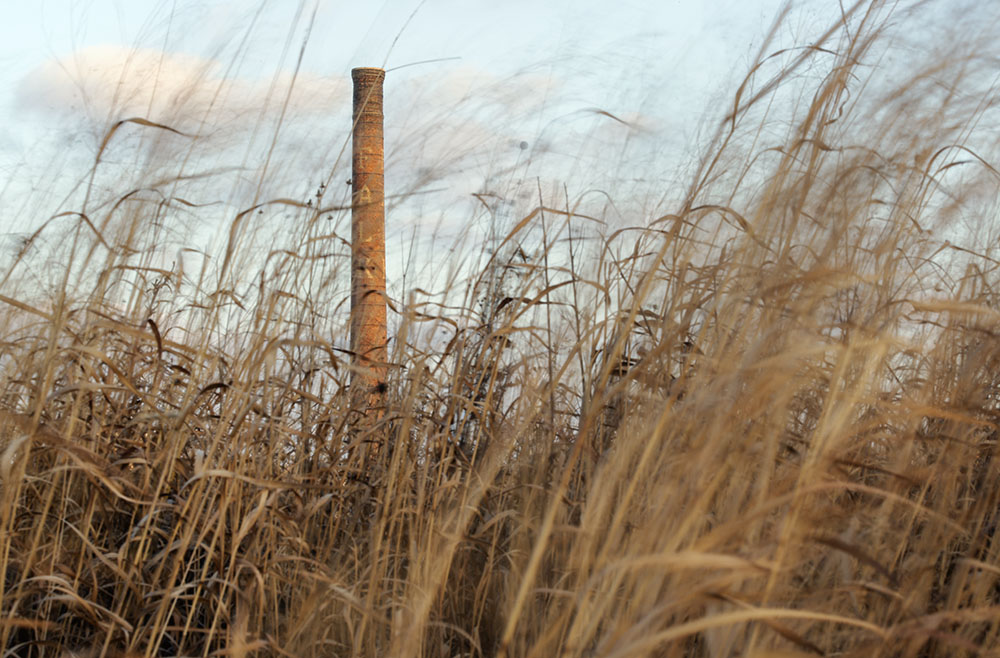
The wind, today, is big news. The forecast, repeated endlessly, breathlessly and with studied urgency by local news anchors as well as the weathercasters, is for gusts exceeding 50 mph. In fact, if it weren’t for the threat of big wind, made all too graphic by the recent scourge of tornados in Kentucky and elsewhere, the news people might make more of the unseasonable, record-breaking temperatures. I throw my arms wide, breathe in warmth, breathe out peace, embrace the wind….

Where is everyone? I expect the park to be full of people out enjoying the mild weather. It’s what we do in Wisconsin—or haven’t we had enough of winter yet for cabin fever? Maybe they’re all hunkering down at home, listening to the dire-sounding forecast. I wander across a hillside, photographing the dancing grasses.
How can I photograph this astonishing and glorious warmth?

I make do with the materiality of weeds. I sense them speaking to me; if only I knew how to listen. Indigenous peoples the world over knew the language of the earth, a skill we moderns lost during the “Enlightenment.” I make do with the visual, with photographs.
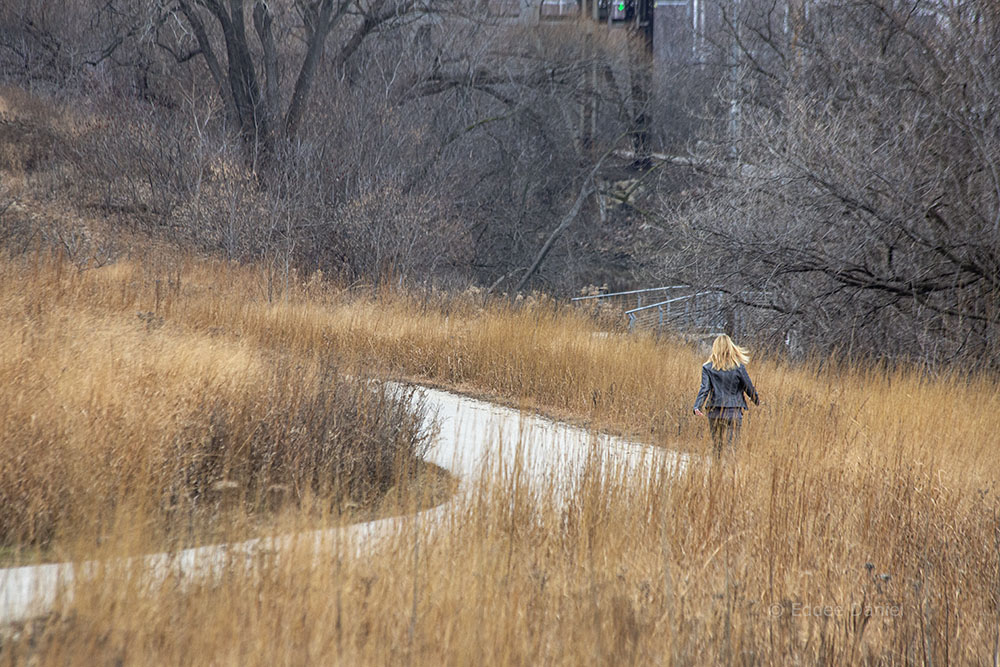
A solitary jogger trots by on the Hank Aaron State Trail, long blond hair streaming behind her, swaying with her gait and tossed by the wind. She disappears over the hill in the direction of the Domes. There is no one else. Half an hour later, I see the same jogger returning, passing, disappearing again, this time to the west. Photographing solitude is less challenging than the wind. It is something I know well and relish; even—maybe especially—in the urban wilderness.
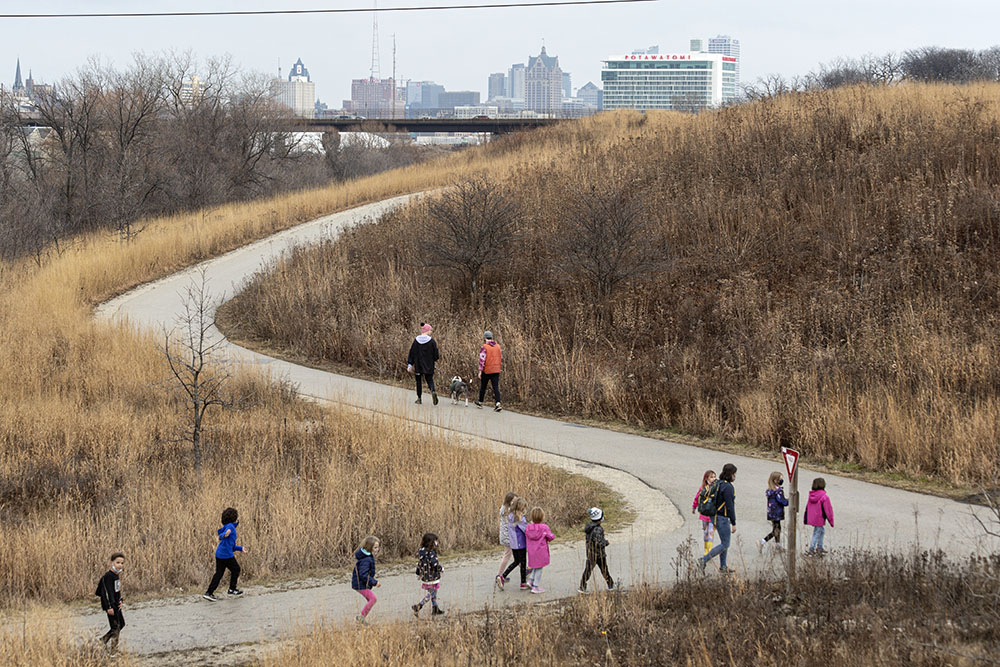
After a while, from somewhere unseen, I hear the cheerful tones of children’s voices, like the melody of windchimes blown in my direction. Lured, I follow the sound. When they come into view I see them running wildly, like wind-blown leaves, swirling and twirling with exuberant joy. They run with abandon, up hills and down. They gather and huddle around their teachers, observing something I can’t make out on the ground. Then they disperse again, running like the wind….
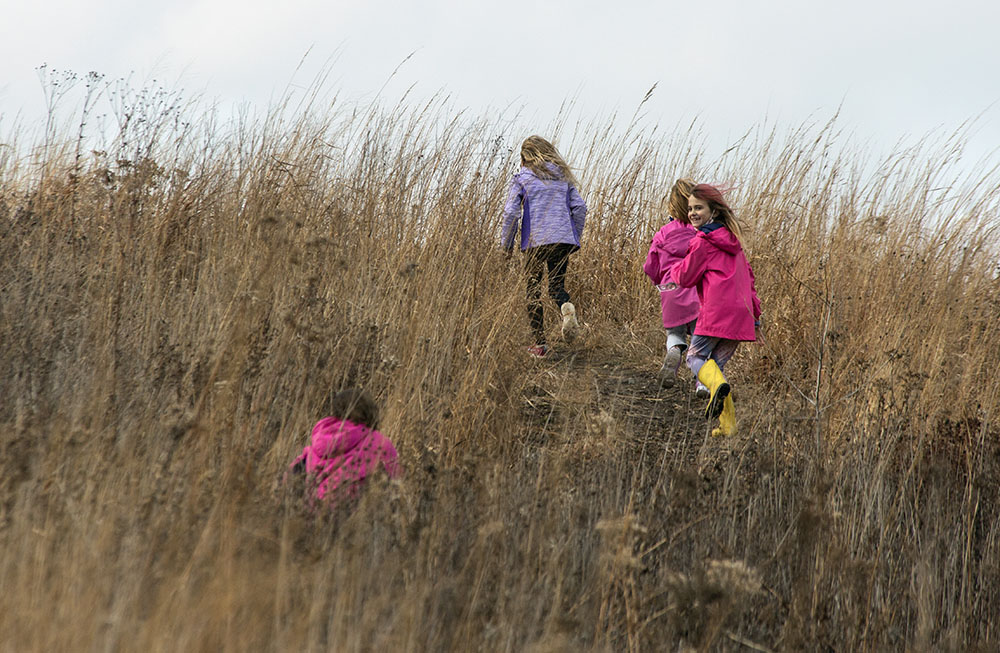
I want to capture that feeling of freedom, the thrill of being outside in the park, jacketless, when it ought to be snowing—the week before Christmas! As sobering as it is thrilling…
How do you photograph climate change—when it doesn’t manifest in gargantuan tornadoes or terrible, all-consuming wildfires but rather in a pleasantly warm afternoon in winter?
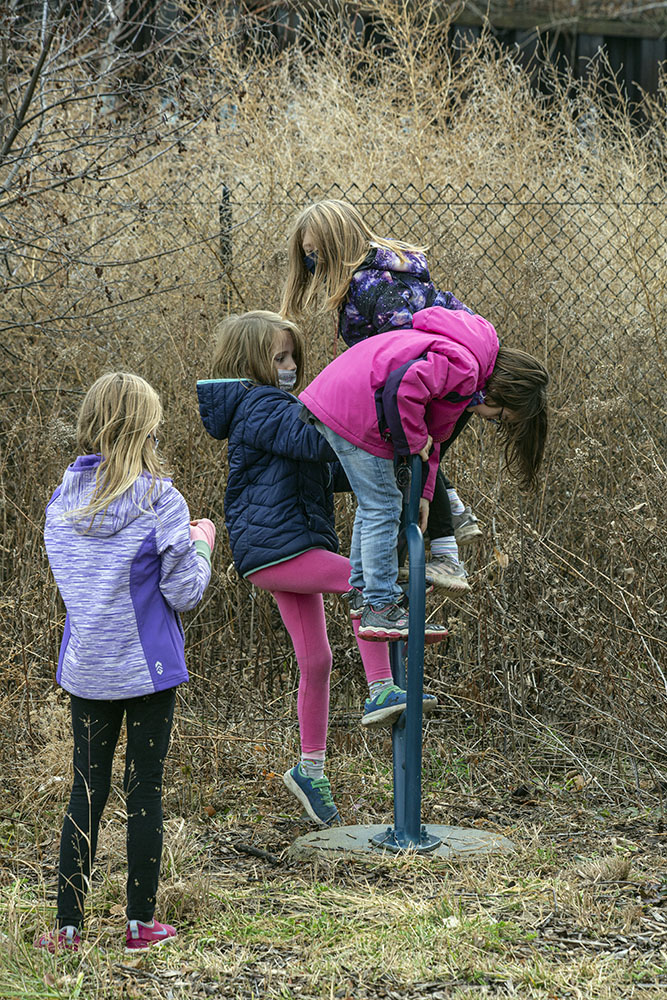
The children find in every little thing an opportunity to play. For me, every walk in the park is an opportunity to tell a story. Most often I let the pictures tell the story, but sometimes that is like trying to photograph the wind or the warmth.
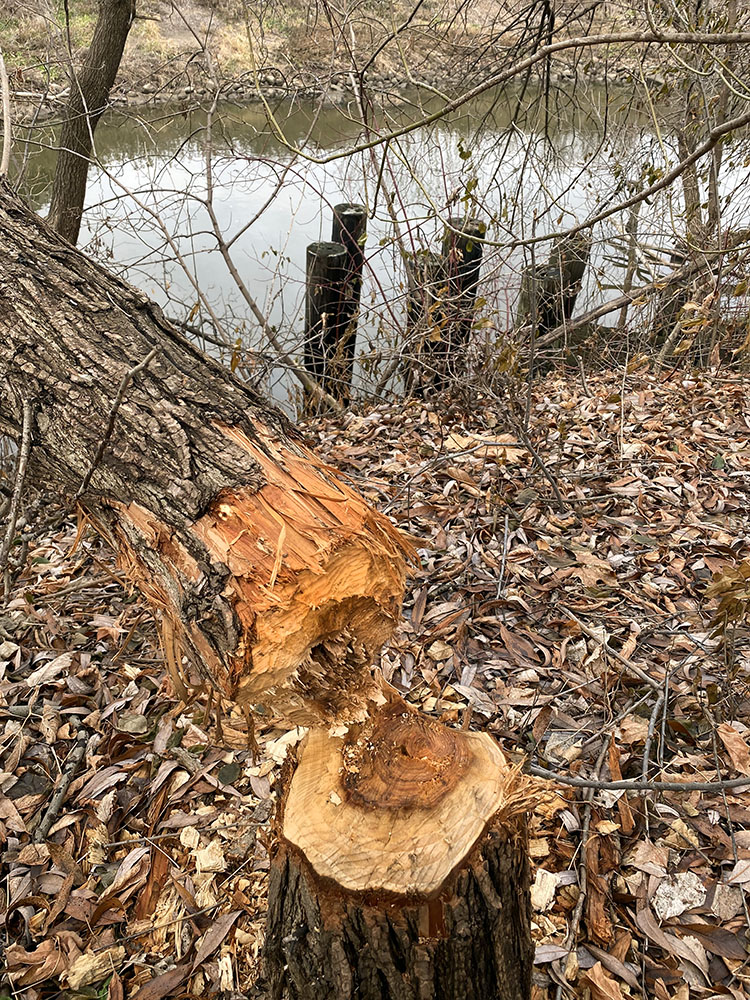
How do you feel about beavers? Once hunted relentlessly for their pelts, they still are often reviled for their penchant to chew trees and flood pastures. But how different are they from us humans really? Collectively, we likewise seem to have an instinctive compulsion to gnaw at our surroundings and manipulate the landscape. I was struck with this comparison when I came upon a newly felled tree in close proximity to the decaying wooden pilings that once supported a bridge across the Menomonee River here. The eponymous three pedestrian bridges that identify this park are but the latest examples of how we have tried to shape this valley. The very hills that give Three Bridges Park its character was trucked to the site; the lush, delicate vegetation that I find so alluring has had to be laboriously established and maintained in order to erase the legacy of industrial development that turned a wild rice marsh into a railroad yard. Now the success of our efforts has lured back beavers, which instinctively gnaw and topple the delectable young trees that have been so thoughtfully planted along the river.
How do you photograph the push and pull of “progress?”
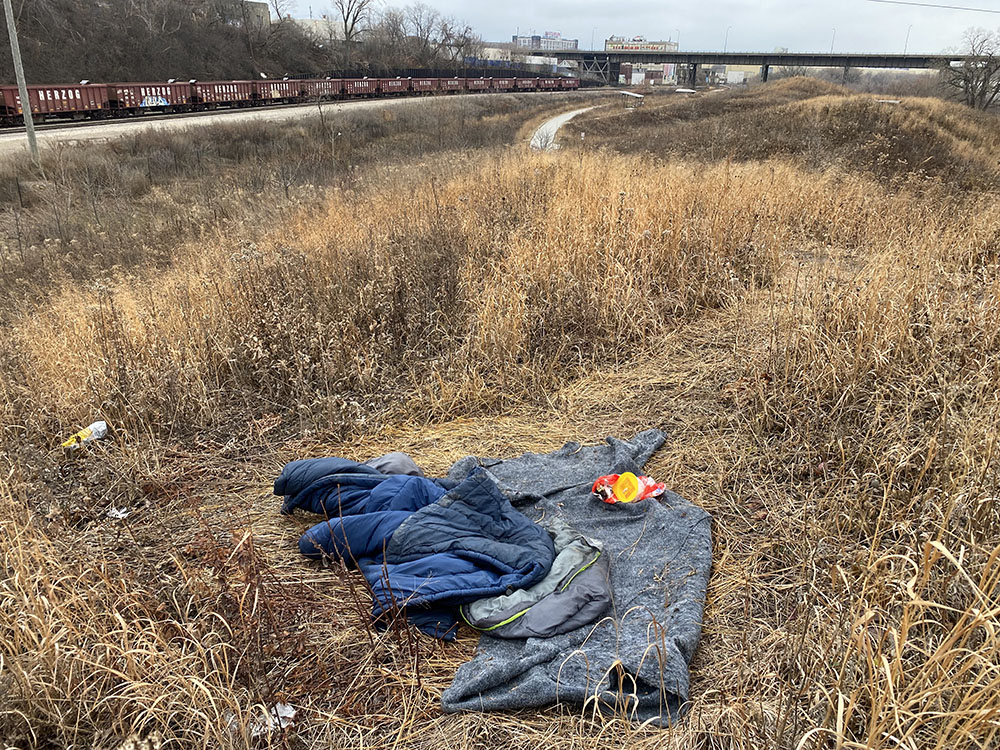
My pursuit of windblown grasses leads me to discover the remains of a mysterious encampment. A spread of blankets, now disheveled, had been laid out on the south-facing slope of one of the hills. Having seen many similar signs of illicit occupancy throughout the urban wildernesses of Milwaukee, the mystery isn’t why someone would do this, but rather why here? It isn’t hidden from casual observation as homeless shelters tend to be; and being close upon an active railroad, it wouldn’t provide picnickers a scenic view, as would the other side of the hill.

The pleasure of my afternoon outing is further marred by a far more serious infraction. The Urban Ecology Center, which manages Three Bridges Park, has built a maintenance shed underneath the 35th Street viaduct. It appears that vandals have torched the modest structure. It isn’t the first such occurrence either. A larger, grander shed similarly situated across the river had previously been totally gutted by a deliberately set fire.
Do we stop planting trees because beavers might cut them down? Or maintaining the park because a few miscreants have no respect for the time, money and effort that goes into it?

The wind whistles through the perforated walls of the burnt-out shed. I turn away and feel a gust lift me up and propel me through the park. Tall trees along the riverside sway to the cadence of the blustery sky. Grasses and forbs dance all around me. No longer trying to photograph the wind, I join in the dance….


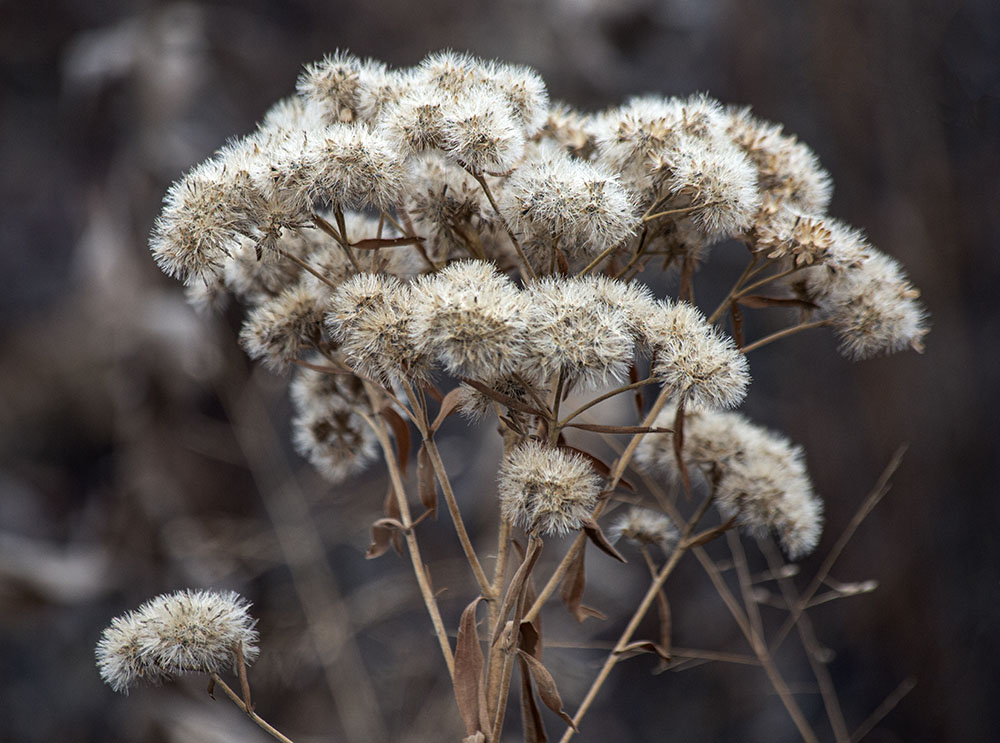
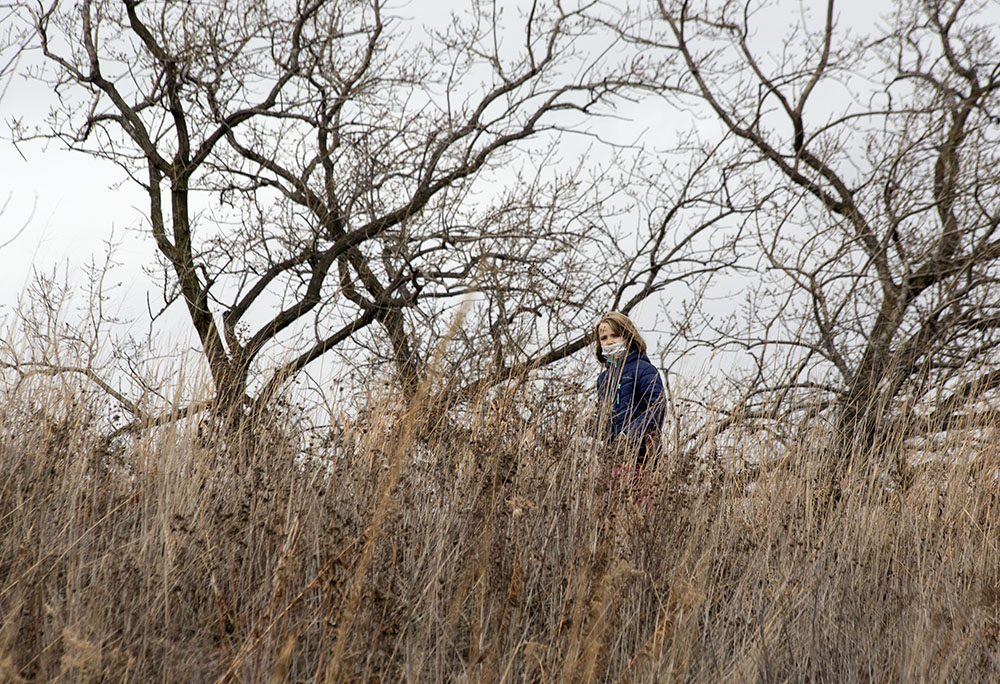
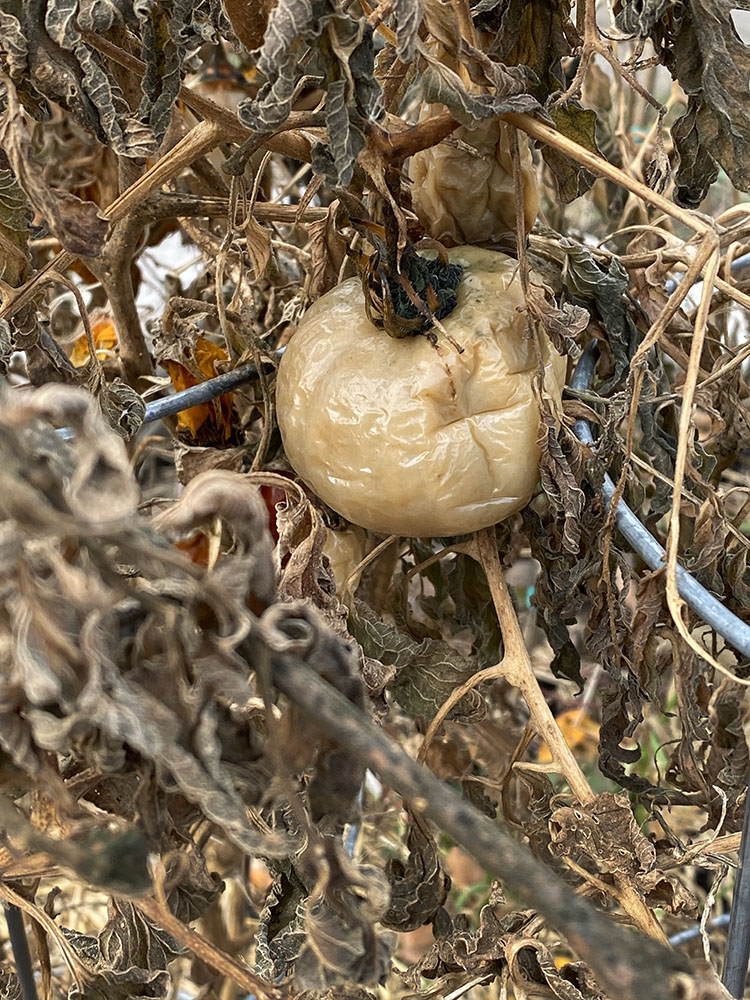
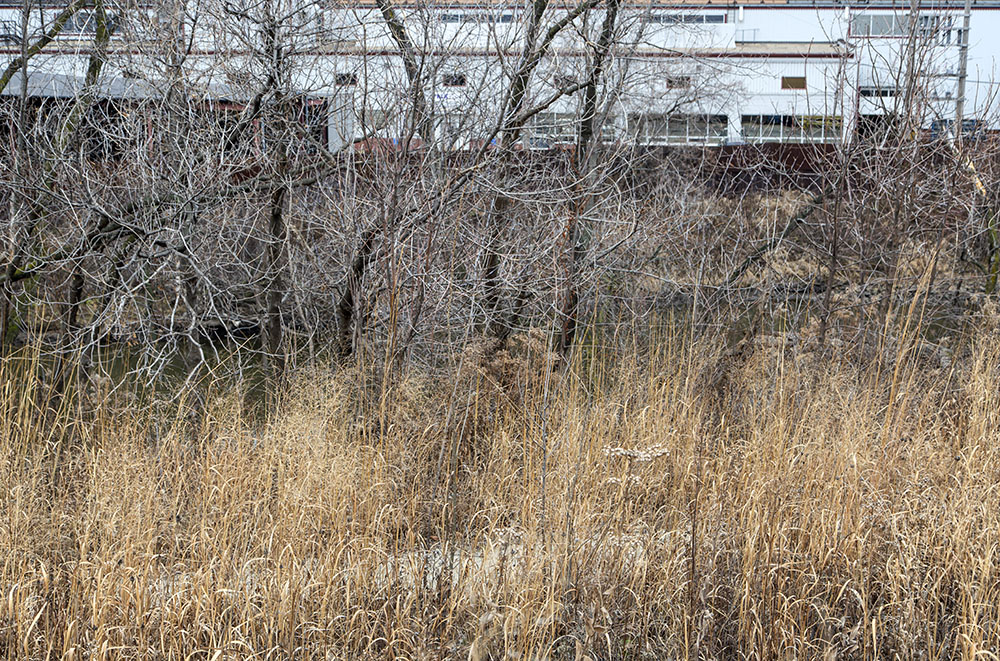
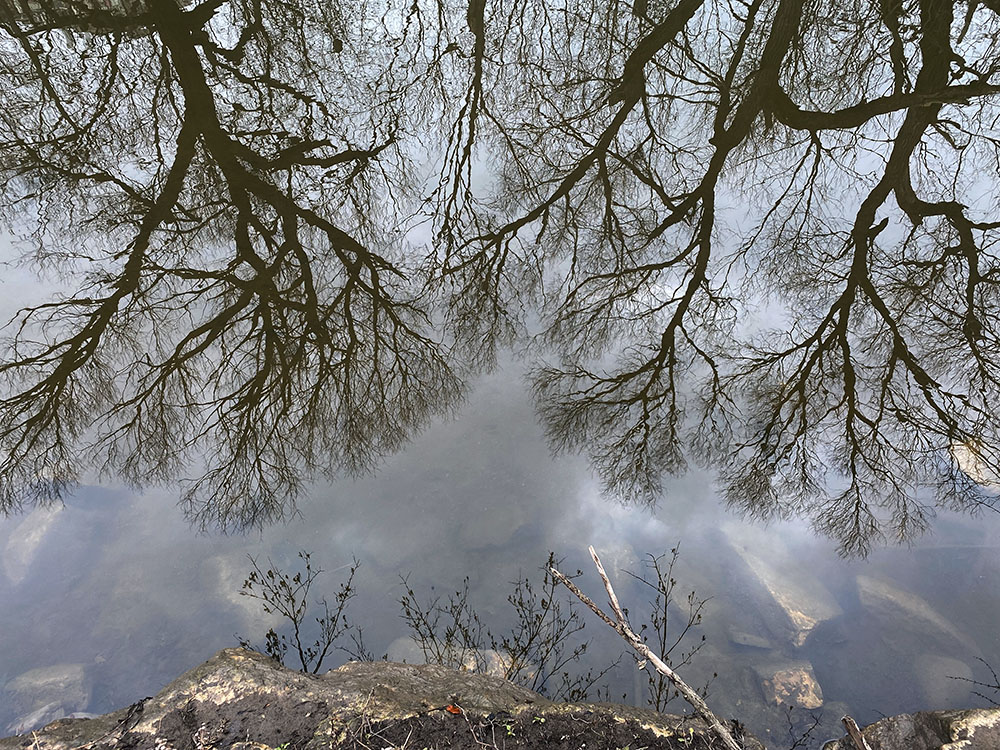
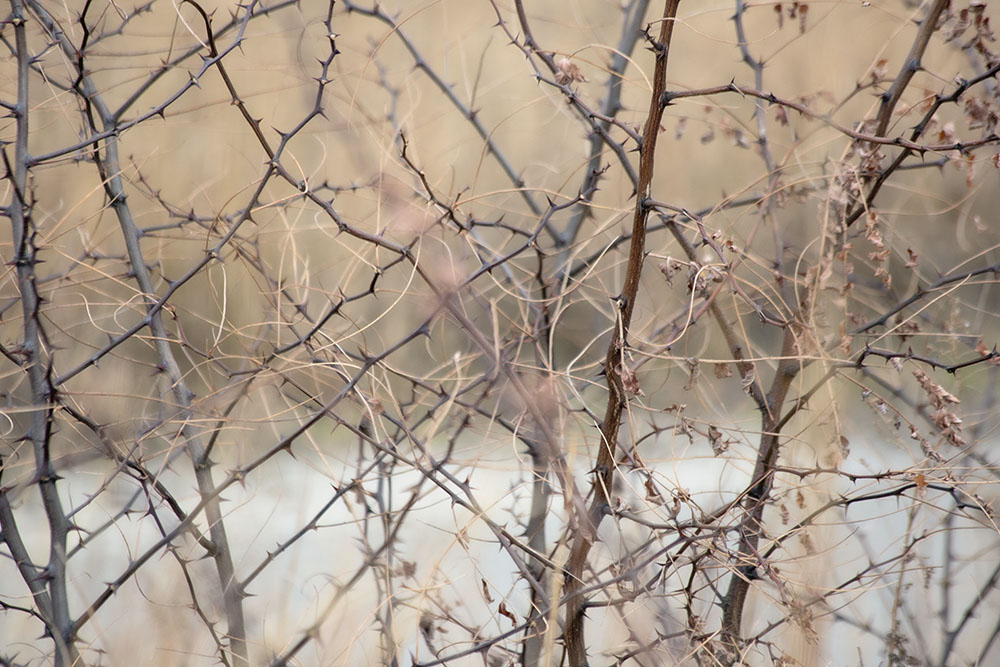
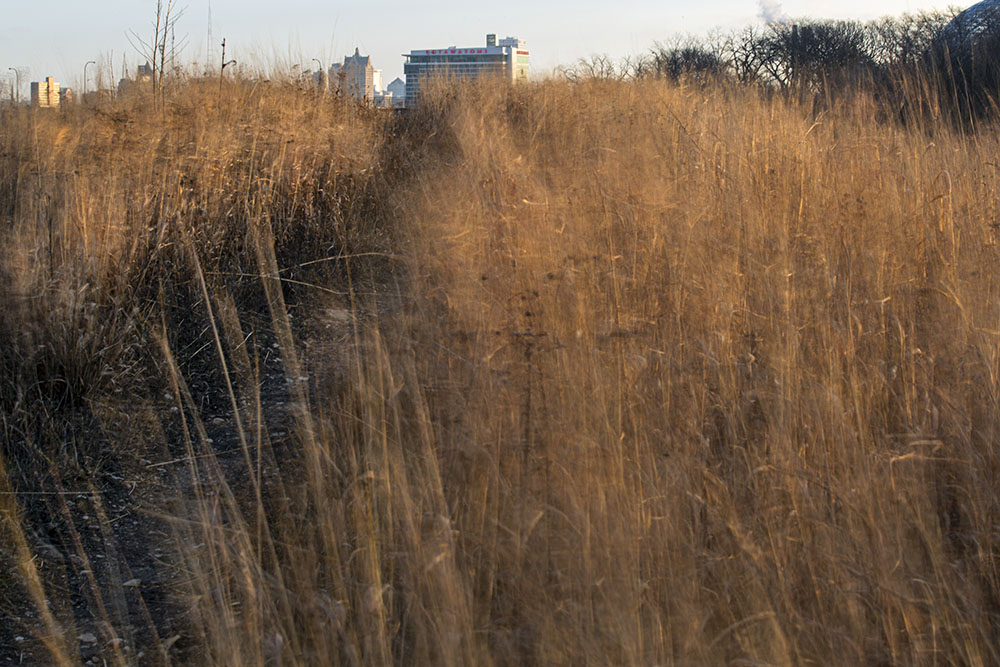
Note: For the record, a high of 61° was recorded in Milwaukee on December 15, 2021 (the date of this piece), demolishing the previous record of 55°. Wind gusts of up to 68 mph were recorded in Wisconsin, just under hurricane force (75+ mph).
Eddee Daniel is a board member of Preserve Our Parks and a former board member of Friends of the Hank Aaron State Trail. The Urban Ecology Center and Friends of the Hank Aaron State Trail are project partners of A Wealth of Nature.

